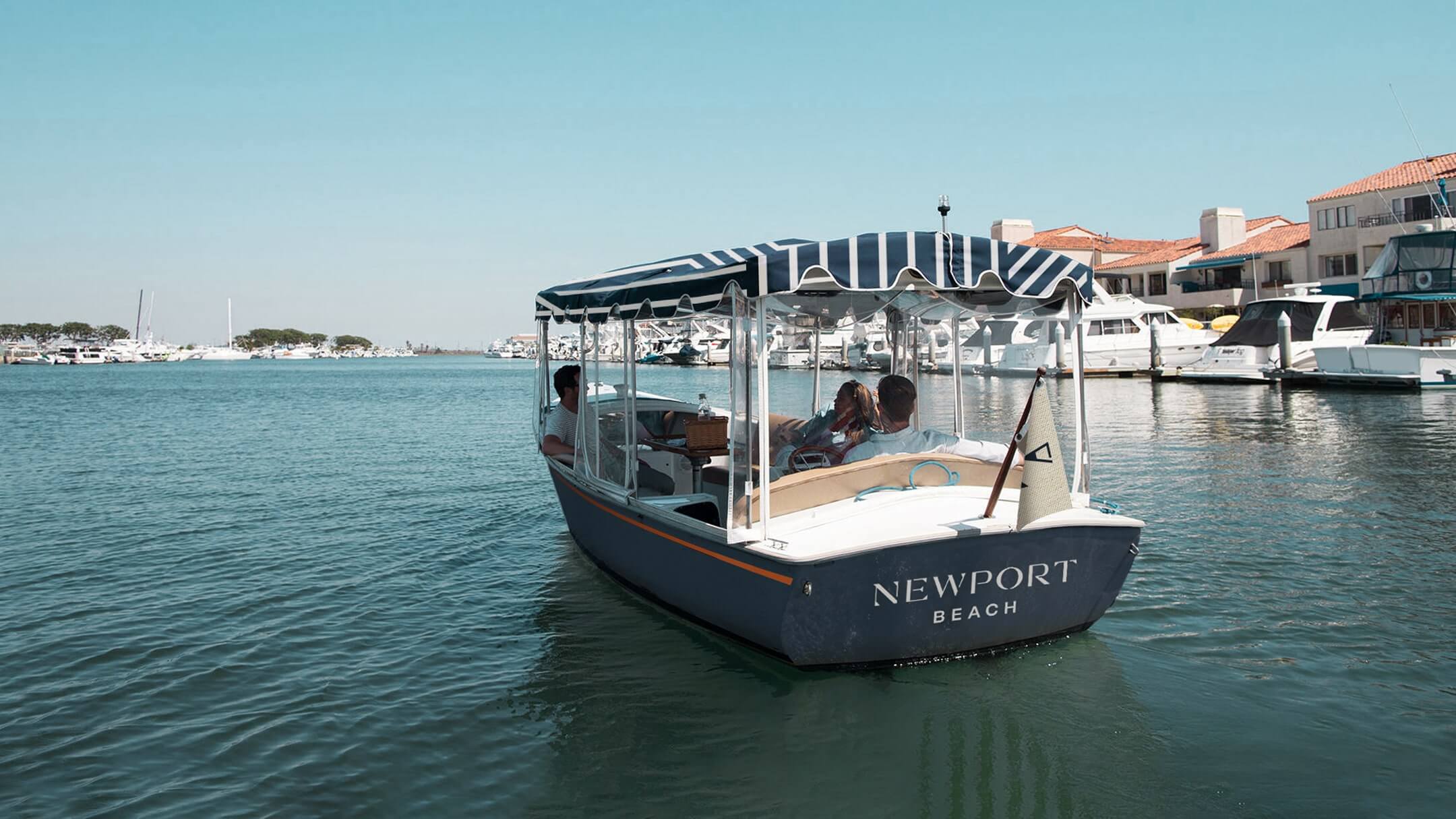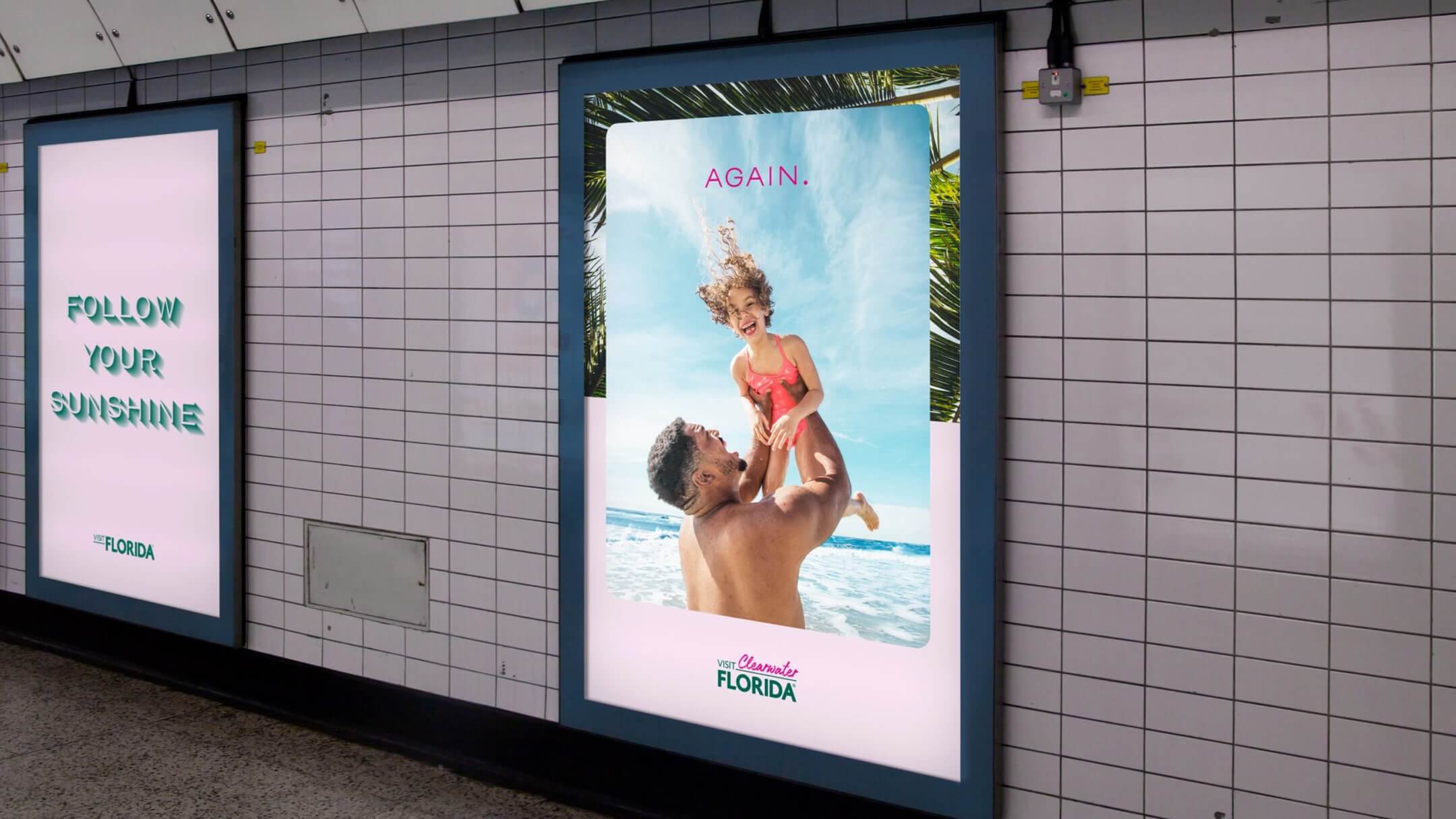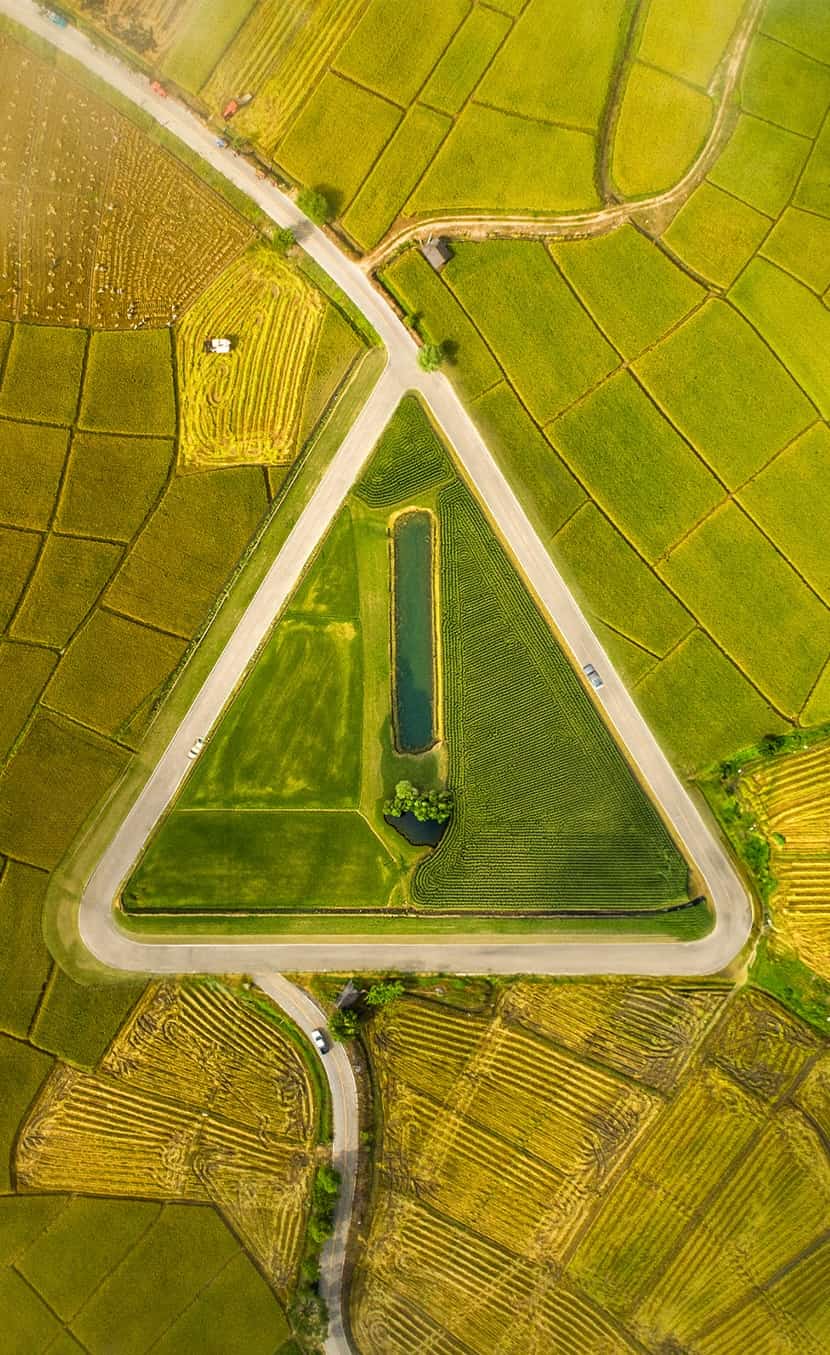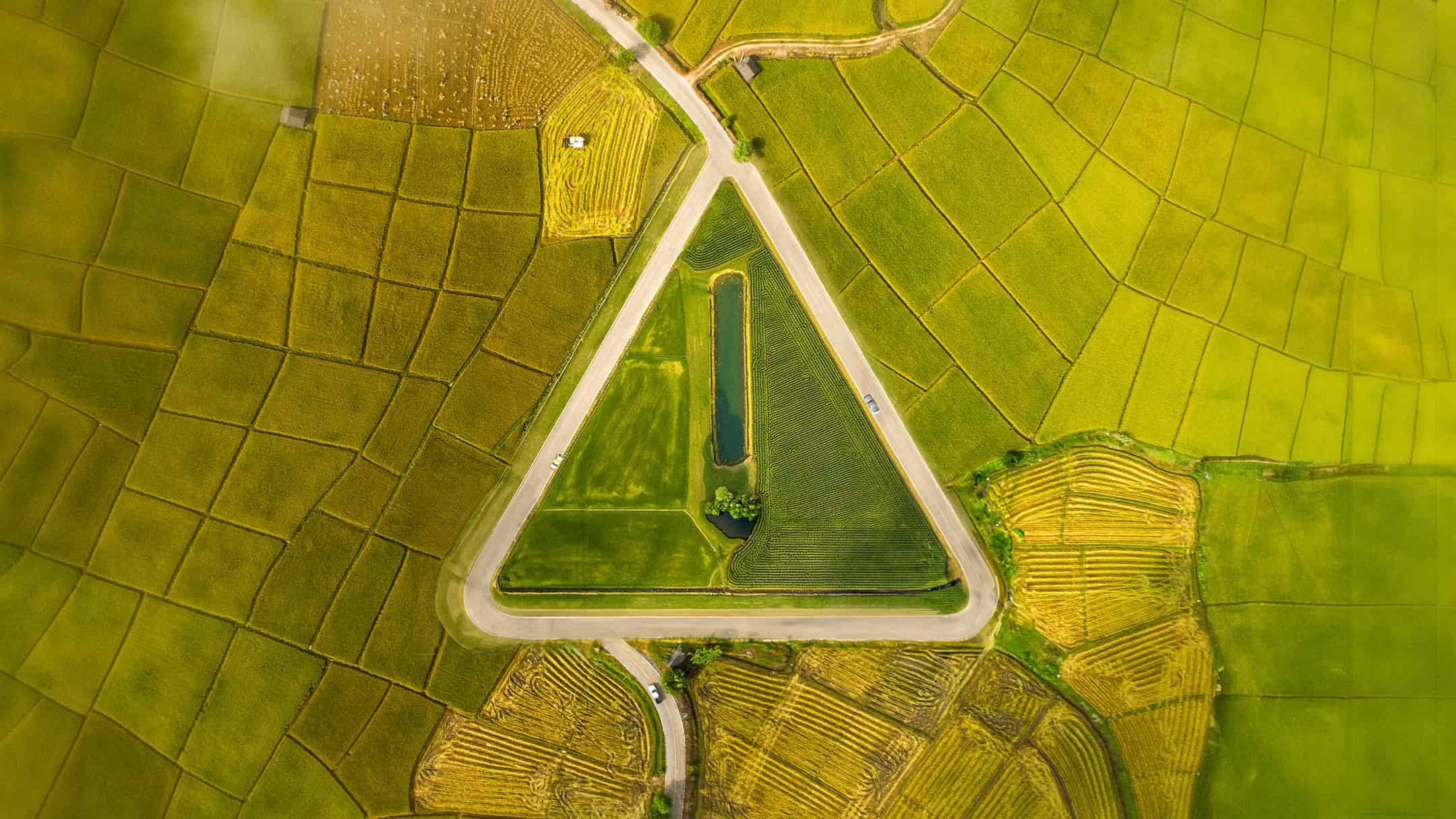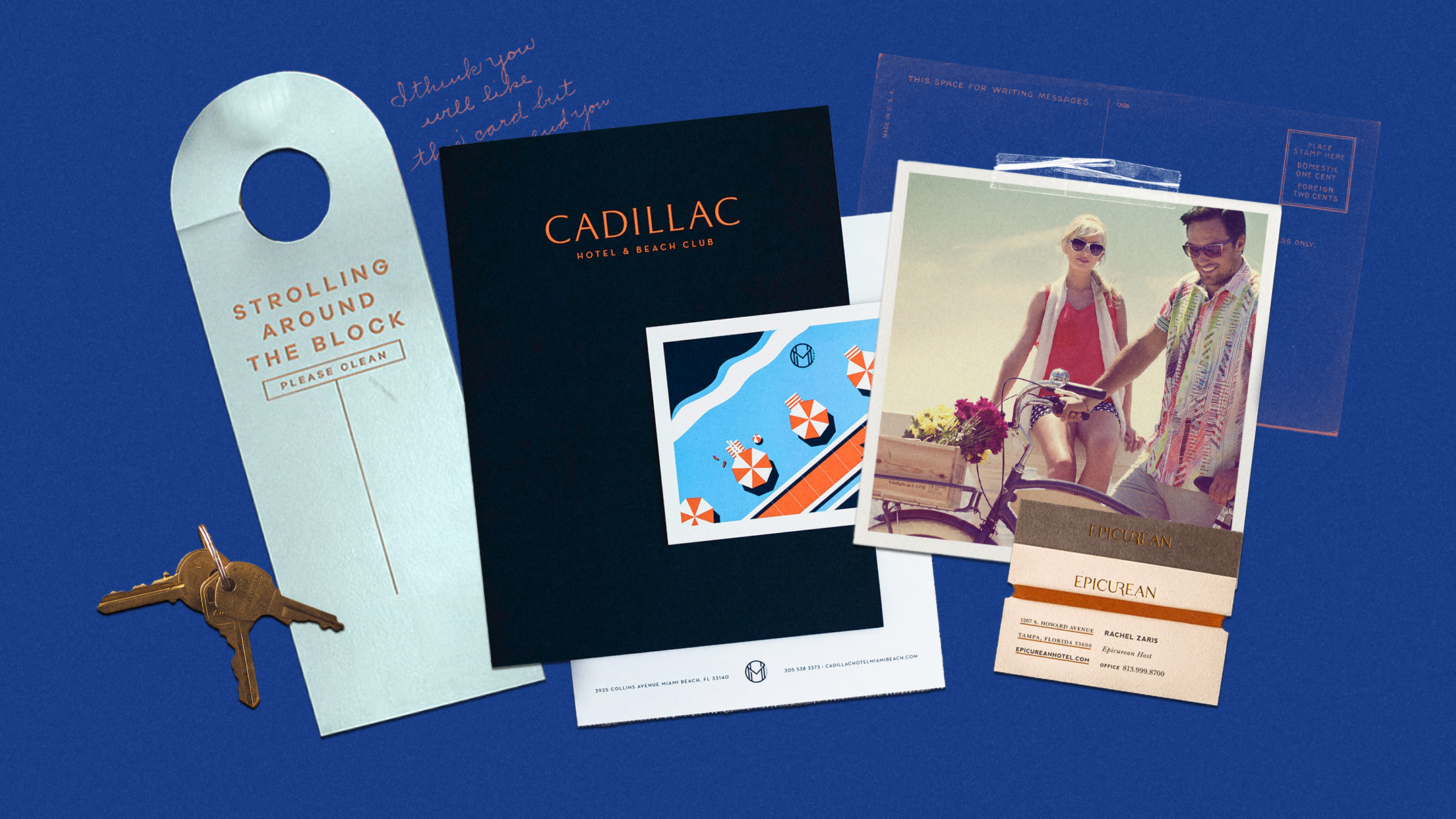Beyond the Headlines: How DMOs Can Best Navigate a World of Tourism Uncertainty Amidst Constant Change & Global Conflict
As more and more travel destinations succumb to natural disasters, ongoing conflict, and other significant events, the impact of travel advisories has come sharply into focus. Recent incidents, including the disappearance of an American couple in the Caribbean, eruptions of Iceland’s volcanoes, ongoing war in the Middle East, and a succession of urgent travel warnings, underscore a growing global concern for safety in travel. These advisories are not just routine notifications but reflections of a world grappling with the unpredictable – casting long shadows over travelers’ decisions and the strategies of Destination Marketing Organizations (DMOs) tasked with promoting these tourist hotspots. The challenge now is clear: How do DMOs navigate this new terrain where the thrill of exploration meets consumer concerns?
The impact of increased travel advisories cannot be overstated. They directly influence consumer behavior and shape perceptions of destinations. For DMOs, the task is doubly challenging. They find themselves in a delicate balancing act – promoting the allure of their destinations while assuring potential visitors of their safety. This requires a nuanced approach that can effectively blend the excitement of discovery with the assurance of personal safety.
Recognizing what’s happening globally, DMOs must leverage social media as a critical strategy to tackle this challenge. It’s not just about broadcasting the charms of a destination but also about owning the narrative, especially in times of crisis. Through social media, DMOs have a first line of defense, allowing them to communicate directly with the global traveling community. This tool is pivotal for offering updates, assuaging fears, and maintaining a dialogue that keeps the essence of travel – connection and exploration – alive. Within this framework, the involvement of the local community serves as a valuable supplementary layer. Offering an authentic point of view subtly enriches the narrative, ensuring that the global audience receives a well-rounded perspective of the destination. This holistic social approach bolsters the primary message and enhances the dialogue with genuine insights, fostering a deeper connection with travelers.

Look & Listen as the First Line of Defense
The power of listening is critical in this conversation. For DMOs, social listening offers a way to tap into global conversations and understand and address concerns proactively. This approach is invaluable, allowing for anticipating issues and crafting responses that resonate with travelers’ needs and fears. It’s about being ahead of the conversation, shaping it with facts and empathy, and ensuring that the narrative remains balanced and informative.
Visit Iceland’s approach to managing the implications of volcanic eruptions on tourism is a prime example of how DMOs adeptly navigate the intersection of safety concerns and the allure of adventure. Engaging in active listening and deploying targeted educational campaigns, they use real-time videos and an extensive news tracker on their official website to address traveler concerns as they arise. This strategy, rooted in a deep understanding of global traveler dialogues, showcases the organization’s commitment to providing timely, accurate information, ensuring that the narrative around travel to Iceland remains both inviting and transparent.
The real-time international flight search data analysis further highlights the nuanced relationship between natural events, media coverage, and travel intentions. Shifts in search patterns, closely aligned with volcanic activities, underscore the immediate impact of such events on tourism interest. In response, Icelandic tourism authorities have refined their communication strategies across channels to mitigate fluctuations in traveler interest, demonstrating a proactive stance in preserving Iceland’s tourism appeal. This ongoing strategy establishes a valuable model for DMOs worldwide. It emphasizes the importance of real-time, transparent communication and data-driven decision-making in maintaining a destination’s attractiveness amidst the dynamic challenges of natural events and shifting traveler perceptions.
Activate Locals & Tourists for an Authentic Destination Narrative
In the realm of destination marketing, the authenticity and vibrancy of a place are best narrated through the voices of those who inhabit and visit it. This storytelling approach is about showcasing a destination’s attractions and exuding a narrative reflecting its community’s experiences and emotions. Engaging locals and tourists to share their stories creates a multifaceted and genuine portrayal of a destination, offering insights into its culture, beauty, and resilience. This strategy becomes even more critical in times of adversity, where the prevailing narratives in mainstream media may not capture the entirety of day-to-day life.
Take, for example, the situation in Israel. Amid a prolonged conflict that has significantly impacted its tourism sector – with tourist visits dropping by 77% in January 2024 compared to the previous year, according to Israel’s Central Bureau of Statistics – the country’s reliance on tourism is starkly evident. Tourism is a critical component of Israel’s economy, contributing to both its GDP and employment. In these challenging times, the Israel Ministry of Tourism has adeptly leaned into User Generated Content (UGC) to tell a more nuanced story of the country. By curating content from both locals and visitors – ranging from experiences at religious landmarks to everyday cultural moments – Israel’s tourism channels offer a window into the country’s daily life outside of the ongoing war that contrasts with the often grim narrative portrayed in mainstream media.
This UGC strategy is particularly effective on the Israel Ministry of Tourism’s “Visit Israel” TikTok, Instagram, and Facebook social platforms, where the content showcases a variety of experiences from exploring Jerusalem, checking out the local Tel Aviv markets, and highlighting must-try Israeli dishes. It’s also important to note that this content does not shy away from the complexity of Israel’s current situation; there is content that addresses it head-on through formal statements directed to tourists and acknowledges what’s taking place, reflecting both the joy and the somberness of the current national mood. Through this approach, the Israel Ministry of Tourism maintains the country’s visibility as a travel destination and fosters a sense of community and shared experience. This method of leveraging UGC to activate locals and tourists for an authentic destination narrative is a powerful example for DMOs worldwide. It illustrates how to navigate the delicate balance between presenting a destination’s allure and acknowledging its realities, especially in times of conflict or crisis.

Own the Story with Transparent Messaging
In an era where travelers are bombarded with information from various sources, the clarity, honesty, and timeliness of communication from DMOs stand as a non-negotiable. The essence of owning the story lies in the ability of DMOs to articulate the current realities of their destinations transparently, ensuring that potential visitors are well-informed about health and safety measures, as well as any incidents that might impact their travel experience. This proactive stance on communication is crucial for building and maintaining trust with travelers, enabling them to make informed decisions grounded in the latest updates and feedback directly from the source.
The COVID-19 pandemic presented an unprecedented challenge for global travel, urging DMOs to rethink their communication strategies. The DMOs of Milan and Paris epitomized this shift towards transparent messaging during the crisis. Leveraging Instagram, they engaged with their audience by sharing updates on safety protocols, promoting pro-social behavior, and offering virtual cultural experiences. This approach did more than just inform; it cultivated a sense of community and continued connection with the destination despite travel restrictions. By aligning their content with public health guidelines and utilizing influencers to amplify their message, these DMOs managed to keep their destinations in the hearts and minds of travelers, demonstrating the resilience and adaptability of their cities.
This strategy of transparent communication extended beyond the pandemic, setting a precedent for handling any crisis that might affect traveler perceptions and destination appeal. By integrating real-time safety updates and advisories into their digital platforms and collaborating with local partners to ensure the accuracy and relevance of the information shared, these DMOs established a model for crisis communication. The actions taken by Milan and Paris during the pandemic underscore the importance of DMOs in fostering trust through clear, direct communication.
At the core of navigating the complex world of global travel lies a pivotal strategy for any DMO: a robust social media plan. This strategy, exemplified by destinations like Iceland, Israel, Milan, and Paris, highlights the transformative power of engaging directly with audiences through social media. By employing proactive communication, authentic storytelling, and transparent messaging, these DMOs adeptly balance the thrill of exploration with safety concerns, building trust and appeal even in challenging times. A robust social media strategy will allow DMOs to showcase the resilience and allure of their destinations, proving that with the right approach, the spirit of adventure can be preserved, encouraging travelers to explore with confidence and curiosity even in turbulent times.

